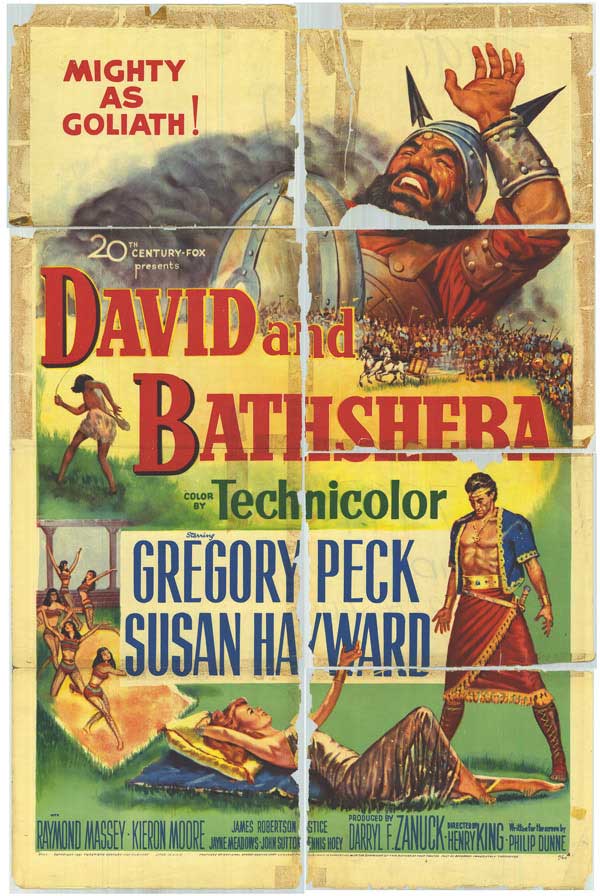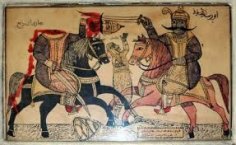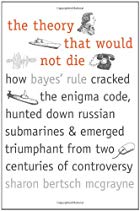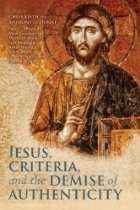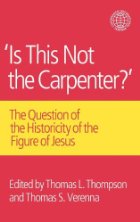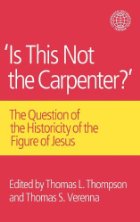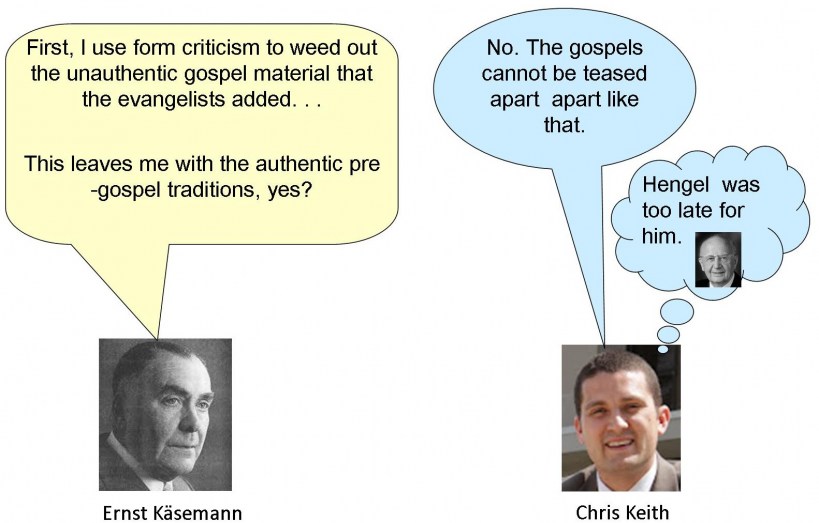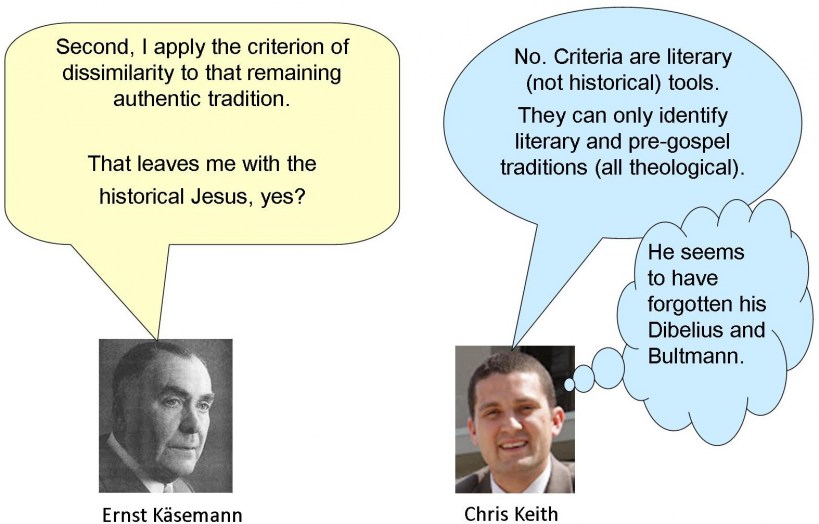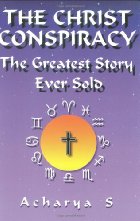 Chapter one of The Christ Conspiracy [CC] is titled, reasonably, “Introduction”. In this chapter Murdock (known at the time as Acharya S) discusses history. Now my primary love as a student was history. I am still buying and reading books on history — ancient, medieval, modern, western, eastern, global, local. When I travel I often spend ages in a museum presenting the history of wherever I am. I have visited and lived among peoples of diverse races, languages and cultures. I also have a fascination for how the animal kingdom works. I love watching and learning about any number of other species. What I find so educational are the many similarities between us and other species. We are not alone when it comes to violence, savagery, love and sacrifice. Nor, I believe, can anyone isolate beliefs alone as a motivator of human behaviour. Beliefs, rather, may be used to rationalize or excuse behaviour, both good and bad.
Chapter one of The Christ Conspiracy [CC] is titled, reasonably, “Introduction”. In this chapter Murdock (known at the time as Acharya S) discusses history. Now my primary love as a student was history. I am still buying and reading books on history — ancient, medieval, modern, western, eastern, global, local. When I travel I often spend ages in a museum presenting the history of wherever I am. I have visited and lived among peoples of diverse races, languages and cultures. I also have a fascination for how the animal kingdom works. I love watching and learning about any number of other species. What I find so educational are the many similarities between us and other species. We are not alone when it comes to violence, savagery, love and sacrifice. Nor, I believe, can anyone isolate beliefs alone as a motivator of human behaviour. Beliefs, rather, may be used to rationalize or excuse behaviour, both good and bad.
Religious beliefs are, we have to face it, as much a “human universal” as are language, jokes, toilet training, tool-making and conflict itself.
So when anyone isolates and blames a single cultural factor, religion, for our crimes I just don’t buy it. Blaming religion alone, even primarily, as a cause of violence, is demonstrating a very shallow, one-dimensional view of human nature.
Sure there are times when religious belief is pernicious and destructive. I like to think we would all be better off without religion. But as Tamas Pataki reminded us, can we be sure that by killing off all the pests in our gardens won’t upset the entire ecosystem?
So when in chapter one of CC Acharya blames religion for the world’s violence and cruelty I cringe a little. Chapter one is nothing but a diatribe against the evils of religion and an identification of religion with evil. Religion is responsible for the inhumanity, the violence, the tortures, the deceptions of this world.
So in this chapter Murdock writes:
no ideology is more divisive than religion, which rends humanity in a number of ways through extreme racism, sexism and even speciesism.
In history classes as early as high school I learned the difference between “religion” and “ideology”, so this sentence confuses me. But she will go further and target Christianity in particular:
Few religions of any antiquity have escaped unscathed by innumerable bloodbaths, and, while Islam is currently the source of much fear in the world today, Christianity is far and away the bloodiest in history.
Murdock wont even let the Communists and Nazis escape the bile of religion. Lenin and Marx were “(religious) Jews”. Hitler was a Roman Catholic. Stalin an Eastern Orthodox. (She doesn’t tell us what Mao or Pol Pot were.) Continue reading “Review – Part 2 – of Acharya S’s “The Christ Conspiracy””


